Anyone who perhaps lacks fluency in the technical jargon of watches, but is eager to learn, should spend some time at Dimier 1738 where, in just a few hours, they can fill the gaps in their horological education. Every specialisation, every stage in producing the components required to build an in-house calibre, decoration and finishing included, are assembled under its one roof in Tramelan, in the Bernese Jura. With the exception of jewels and mainsprings, each part is manufactured on the premises, including balance springs which only a handful of companies in the world are capable of producing. A visit to Dimier 1738 is therefore a crash course in watchmaking parlance, from the bar turning, deburring, stamping and burnishing that give shape to components, to the snailing, drawing, circular graining, rounding and chamfering used to decorate them.
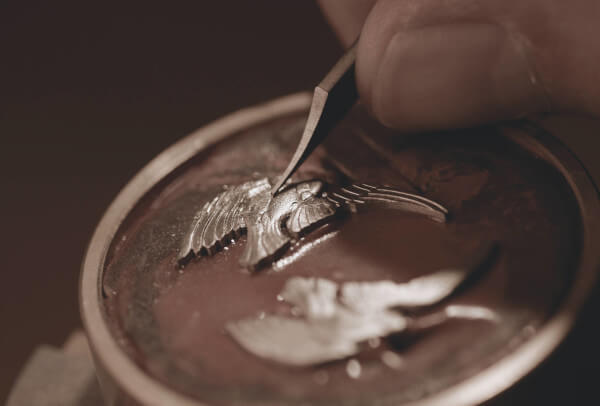
Rare expertise
This small sample, and the list could go on, gives a good idea of day-to-day business on the site, which employs around sixty people. “Because this isn’t a large production unit, we can focus on staff’s competencies and adaptability. The aim is to achieve the necessary flexibility in the manufacturing process,” explains Christophe Persoz, project manager at Bovet.
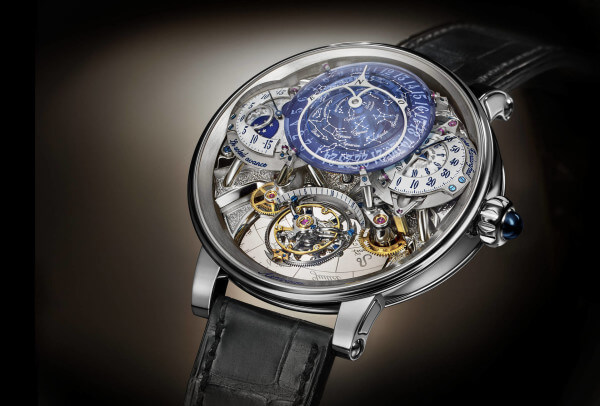
He cites the Récital 20 Astérium as an example. The elaborate form of the hand on the star-studded dome that sits above the dial mirrors the complexity of the watch itself, a ten-day flying tourbillon with star chart, annual calendar and astronomical functions. Having consulted Bovet’s usual roster of specialist manufacturers, all of which balked at the task, Dimier’s experts decided to tackle the job themselves. After some trial and error, they succeeded in machining the part on the Manufacture’s wire bender. If you want something doing…
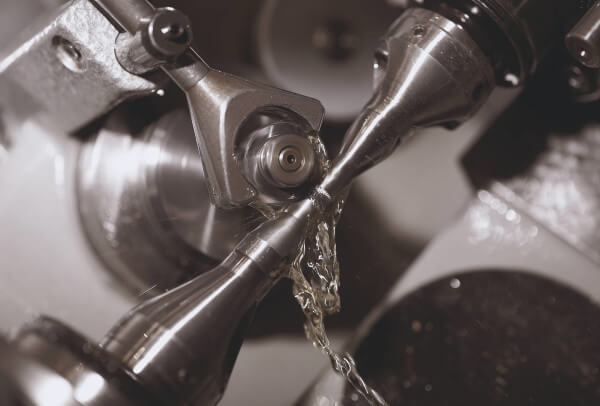
It’s a sentiment shared by another of the in-house specialists, this time engaged in manufacturing balance springs, an activity that gives Bovet an edge over other names in the sector. Indeed, production of this tiny spiral, which combined with the balance wheel (also made in-house) forms the nerve centre from which the movement is regulated, has vital implications in mechanical watchmaking. All the more so as the handful of companies that master the process all belong to the major groups, and the foundries that supply the steel alloy are located in either Germany or China. It takes seven times the volume in steel to obtain 500 kilos of this precious alloy, which gives some idea of the difficulties that run from one end of the production chain to the other. Not that anyone is giving away details. Watch brands are notoriously secretive about what goes on behind closed doors, and more so when it comes to balance springs. Apart from the drawing and rolling that are typical deformation processes, and pinning the inner end of the spring to the collet and the outer end to the stud, both generic operations, silence is not golden but made of steel. Dimier has been manufacturing balance springs since 2001. The workshop was set up by a former Nivarox (Swatch Group) employee, who also trained the current specialist before being poached by Rolex. Watchmaking is a small world.
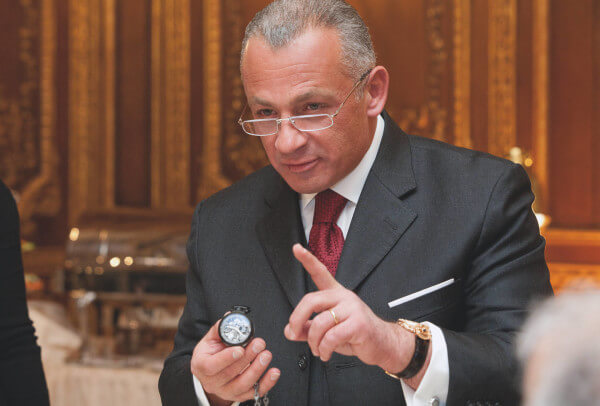
New milestones for the 21st century
With means like this at its disposal, the company was well-equipped to nurture the aspirations of Pascal Raffy, its owner since 2006 and owner of Bovet since 2001, for watchmaking that unites art and precision. It joins the dial crafting and stone-setting workshop in Geneva that is also part of Bovet 1822, and which perpetuates the art of enamel miniature painting, a tradition for Bovet watches. In addition, Bovet owns a stake in Queloz, a manufacturer of high-end external parts in Saignelégier in the Jura, its partner for cases. The picture wouldn’t be complete with mentioning Château de Môtiers, a fourteenth-century estate, once the Bovet family home, that is back in the spotlight as the site of Bovet’s administrative offices, part of its after-sales service, and the casing and engraving workshops.
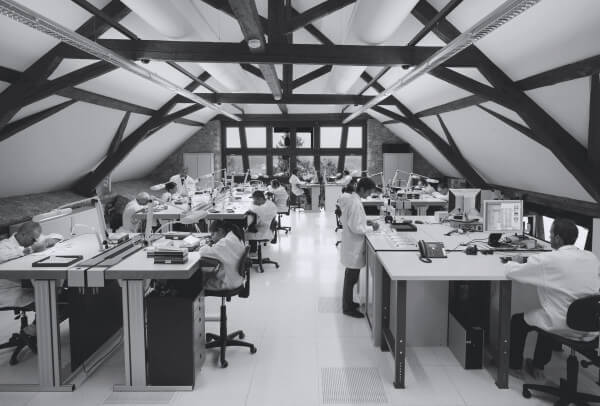
And so the foundations were laid for Bovet, which makes around 2,500 watches a year, to gain in stature. Similarly, originally a specialist in grandes complications that only produced movements with a tourbillon escapement, Dimier has become significantly more diversified since its takeover, thanks to the arrival of the Virtuoso II calibre, an in-house development designed to accommodate a variety of functions.
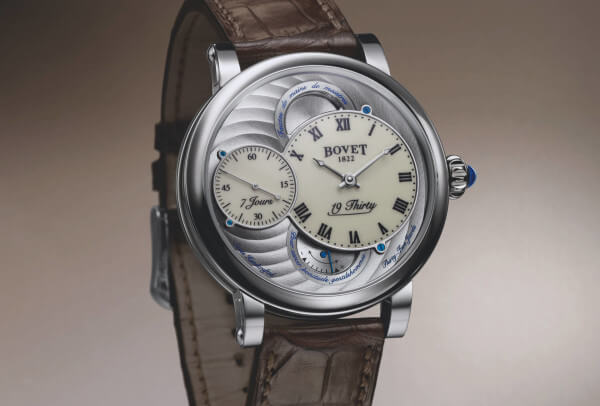
Extending the range, the 19Thirty collection in steel is also equipped with a Dimier movement, a workhorse calibre with small seconds and a seven-day power reserve supplied by a single barrel. Currently, Bovet is able to equip almost 80% of its production with movements made in its own workshops, the sign of a successful vertical integration strategy that also serves the mechanically complex, aesthetically distinctive timepieces that sit at the top of the Bovet pyramid.
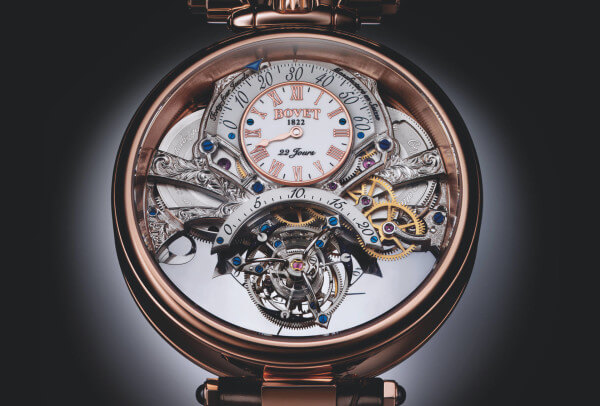
The Amadeo Fleurier BraveHeart in 2015, Récital 18 Shooting Star in 2016 and this year’s Récital 20 Astérium have all set the watch-collecting community alight. A means of setting new milestones for a company founded almost two centuries ago, and which isn’t afraid to shake up expectations through dalliances with the famed Italian design company Pininfarina. Another job for Dimier 1738!

























